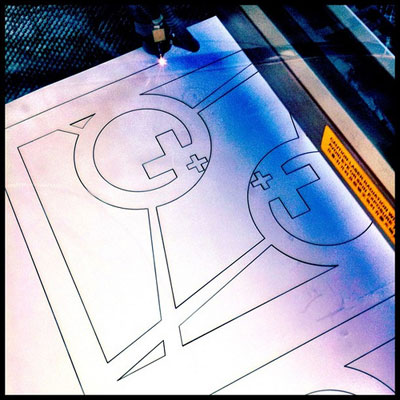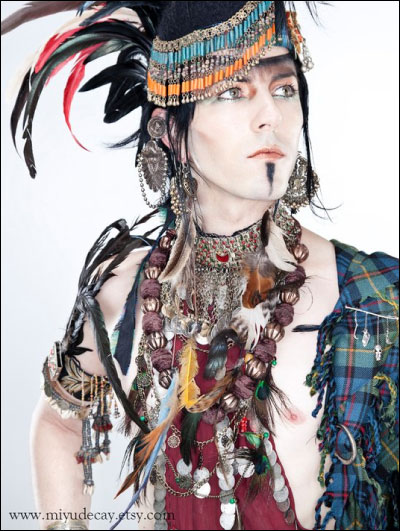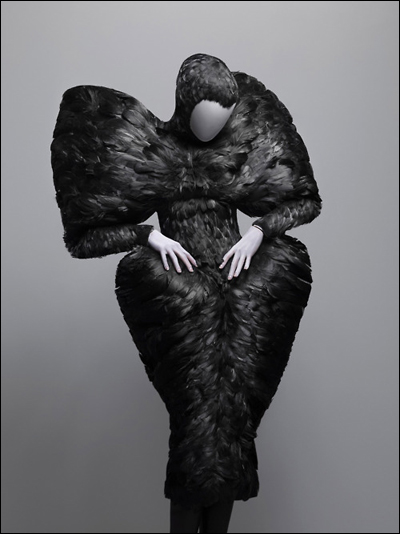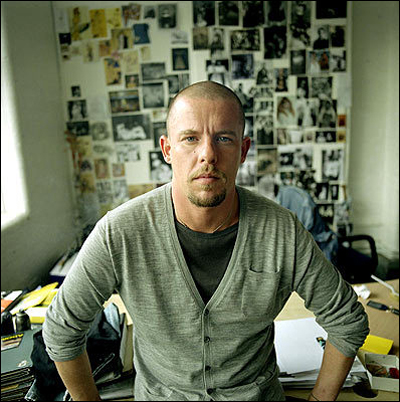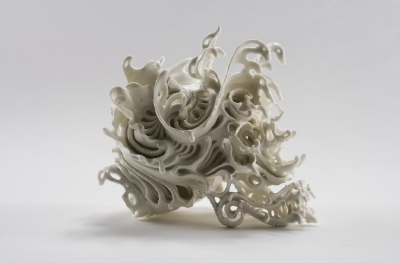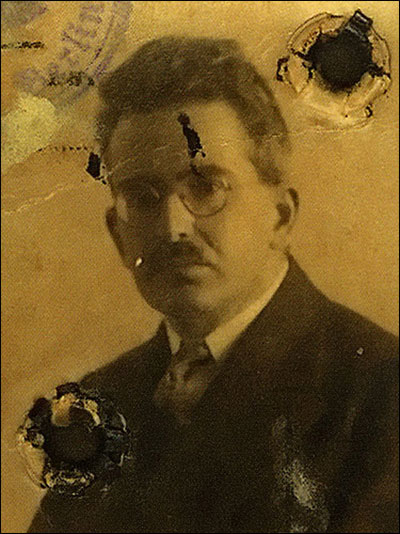Commemorative Coilhouse Birthday Serigraph by Molly Crabapple
The title of this post WAS gonna be “Reasons Why We Love Molly Crabapple, Part #2369138459008164548939347”, but we decided on something sliiiiightly less effusive– only because it more properly trumpets the existence of her beautiful new “Happy Birthday, Coilhouse” print to high heaven:

Limited edition serigraph by Molly Crabapple. BUY IT HERE.
Yes! Indeed, Coilhouse’s 4th birthday is upon us. Although the site didn’t officially launch until October, we first started blogging in August of 2007. In recent, tumultuous days, as we’ve revved up the fundraising engines to ensure our wee company’s continuing evolution and stability, countless incredible people have stepped up to help. One of our most tireless and powerful champions has been Molly Crabapple.
Since day one of Coilhouse, Molly has been relentlessly generous with her time, her contributions, her immense resources, and even her checkbook.
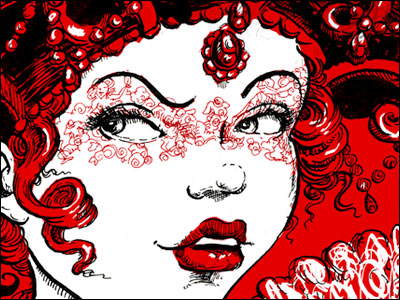
Ms. Crabapple’s latest contribution to our continuing push for growth and financial stability is this gobsmackingly lovely limited edition Commemorative Coilhouse Birthday Serigraph– a high-end print which we are offering for sale internationally as a supplemental fundraising item to the big Black & White & Red All Over Ball in New York City this coming Sunday. Molly obviously kept the palette of the party and our forthcoming Issue 06 in mind when she drew this loveliness. (Isn’t our newest poster child a dream, with her grandiose cake hat, red ringlets and mischievous smile? We covet her bird mask.)
A bit of background on how this print came to be: when Molly found out we were throwing a fundraising ball in her backyard, she was among the first to start helping us organize it. During one brainstorming session, she came up with a great suggestion; undoubtedly, there will be many folks all over the world who can’t make it to the ball, but would nonetheless like to substantially support our fundraising efforts. Maybe we could offer a really meaningful, experiential way for them to help us from afar?
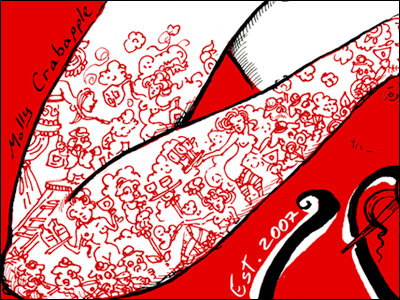
Molly got in touch with her frabjous friend Melissa Dowell. Melissa, an accomplished artist herself, will be taking the time and effort to create these hand-silkscreened prints for us at cost at Bushwick Print Lab. (Melissa. Holy cow. Thank you.)
Within less than a day of suggesting an auxiliary fundraising art object, Molly had made good on her offer of artwork for a gorgeous commemorative print. Later this week, Melissa will produce a very limited edition run of them. The Commemorative Coilhouse Birthday Serigraph by Molly Crabapple is 19″ x 25″, printed in matte red and semi-gloss black ink onto smooth 100+ paper stock from the deliciously-designed French Paper, with a thick border of white paper to frame the print. The edition size is a mere 35, and we are selling them for sixty-six dollars and sixty cents bucks a pop ($66.60 USD, plus shipping).
Comrades, please know that by purchasing this beautiful birthday print, you’ll not only be helping Coilhouse tremendously in a financial way– you will be celebrating with us, too. Four years on, we are still so glad to be here, and we’re ecstatic that you’re here, too. Thank you.
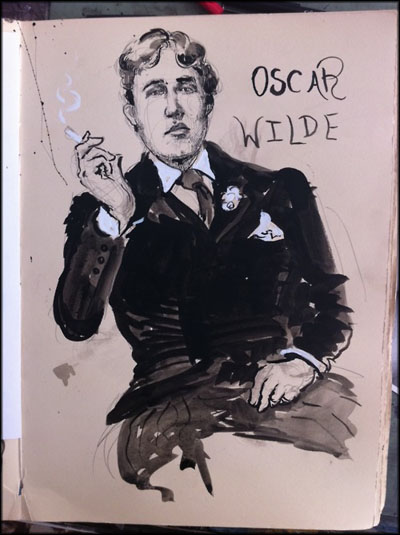
Oscar Wilde from Molly Crabapple’s delightful “Saints and Sinners” series.
Back to Ms. Crabapple for a minute, now…
Mindful as we are of Molly’s long list of previous kindnesses toward Coilhouse, it’s still astonishing to us that this world-class woman, in the midst of everything else piled up on her drawing table, took the time to make this happen for us, for free, without even blinking. We can never thank her enough, or tire of singing her praises.
Many of you will have, no doubt, already heard all about Molly and her many art projects, but just in case you haven’t, please do give MollyCrabapple.com a visit and take a look at the many remarkable ventures she’s been up to lately.
- Saints and Sinners “Portraits of whores, scoundrels, scammers and heroes from history, all of whom I like, whether or not they deserve it.”
- Sixty Six Project “Here’s my capsule of some people I adore, who awe me. …writers and artists and porn stars and firebrand journalists and rockstars.”
- Molly Crabapple’s “Week In Hell” Kickstarter phenomenon.
- Dr Sketchy’s Anti-Art School.
- Wired Magazine on Molly Crabapple’s Week In Hell.
- Mer interviews Molly for SXSW.
- A handful of Molly’s many previous appearances on Coilhouse Blog: “I Have Your Heart“, “Fashion Week During the Apocalypse Part One and Part Two“, and “Thank You, Tura Satana“.
And one more time, CLICK HERE to buy the beautiful Coilhouse/Crabapple limited edition fundraising print.




